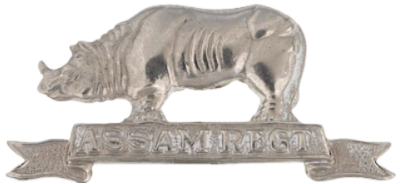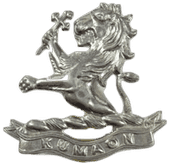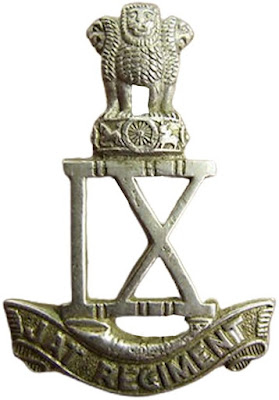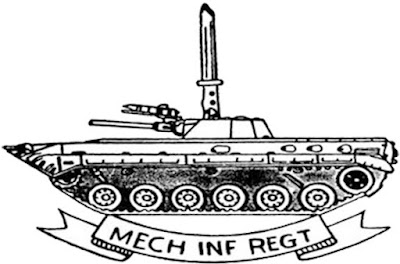NO. 12 SQUADRON
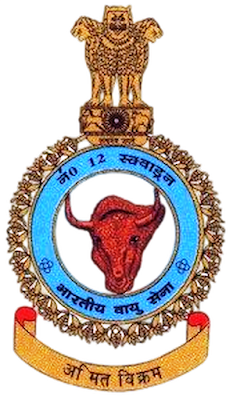
NO. 12 SQUADRON The No.12 Squadron, RIAF was the only squadron at the time of Independence operating transport aircraft. Equipped with the venerable Douglas Dakota, the Squadron had the distinction of flying many of the legendary flights that saved Kashmir for India. The Squadron was initially under the command of Wg Cdr K L Bhatia. The Squadron’s motto is ‘Amit Vikram’ meaning ‘Boundles Valour’. This Squadron is also called ‘Yaks’. Its insignia has a yak in the centre.


